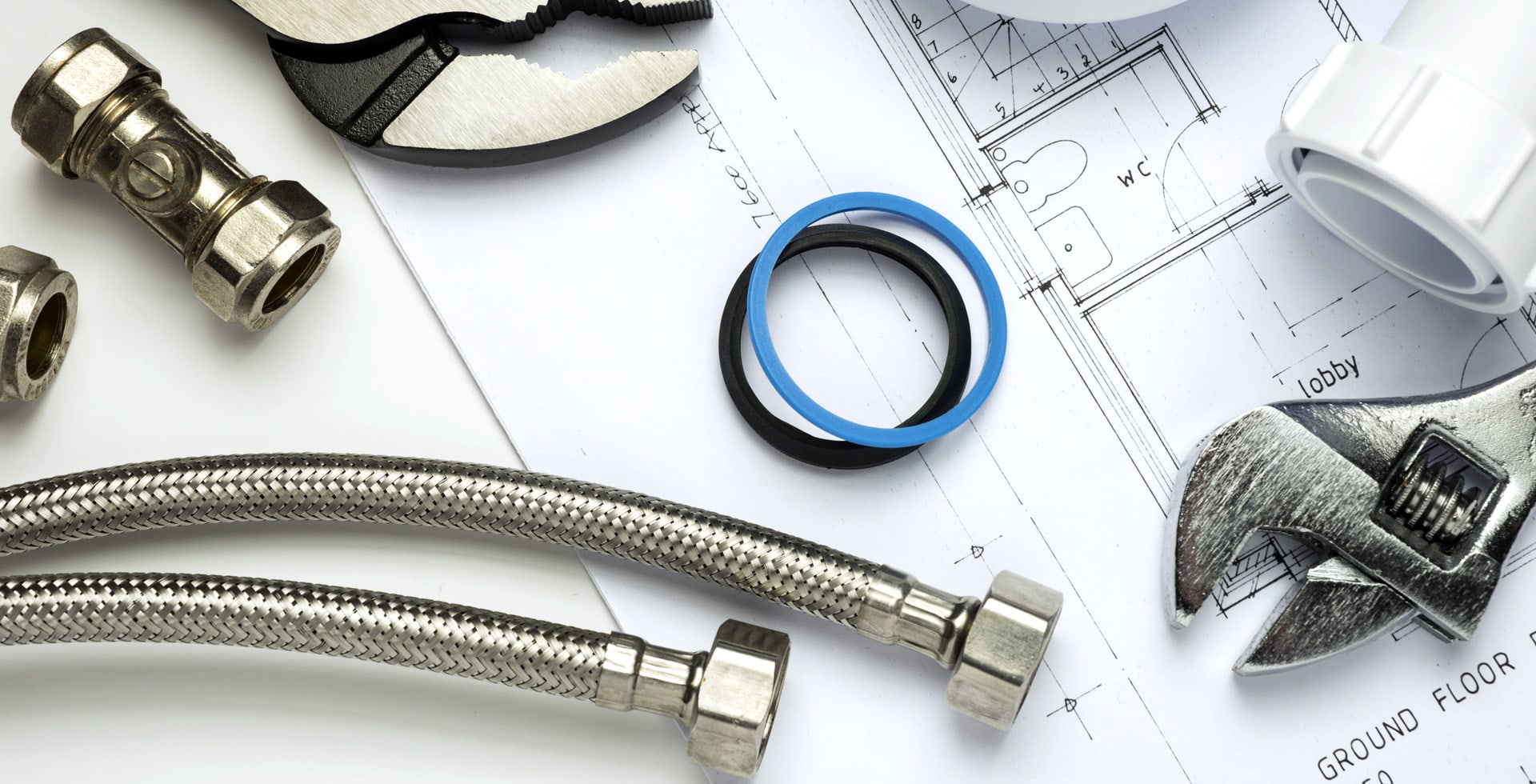Introduction
Replacing a garage door can seem like a monumental task, especially if you have no prior experience with home improvement projects. However, with the right tools, knowledge, and preparation, many homeowners find they can successfully replace their garage door themselves. This guide outlines the process, considerations, and tips you need to determine if a DIY garage door replacement is right for you.
Benefits of Replacing Your Garage Door Yourself
There are several advantages to taking on the challenge of replacing your garage door:
- Cost Savings: One of the primary reasons homeowners opt for DIY projects is to save on labor costs.
- Control Over the Project: You can select the materials, colors, and styles that suit your home best.
- Satisfaction: There is a unique satisfaction that comes from completing a home improvement project on your own.
- Learning Experience: You gain valuable skills and knowledge that could benefit future projects.
Factors to Consider Before You Begin
Before deciding to replace your garage door yourself, consider the following factors:
- Skill Level: Evaluate your carpentry, electrical, and mechanical skills. Do you feel comfortable handling tools and following instructions?
- Time Commitment: A garage door replacement can take several hours to a few days. Make sure you have adequate time to dedicate to the project.
- Safety: Garage doors can be heavy and cumbersome. Ensure you understand the safety protocols to prevent injuries.
- Tools Required: Familiarize yourself with the tools and materials you will need, some of which may be unfamiliar to you.
Preparation Steps for Replacing Your Garage Door
Proper preparation is key to a successful garage door replacement. Follow these steps:
1. Measure Your Existing Garage Door
Start by measuring the width and height of your current garage door. Accurate measurements will ensure that the new door fits properly.
2. Choose the Right Garage Door
There are various types of garage doors available, including:
- Sectional doors
- Roll-up doors
- Side-hinged doors
Consider the material (steel, wood, fiberglass) and insulation options that best meet your needs and preferences.
3. Purchase Necessary Tools and Materials
You will need a variety of tools for the installation, including:
- Sockets and wrenches
- Drill and drill bits
- Screwdrivers
- Level
- Measuring tape
- Ladder
- Garage door opener (if applicable)
4. Read the Instructions
Before starting the installation, thoroughly read the manufacturer’s instructions. This will provide you with insights on the assembly and installation process specific to your garage door model.
Step-by-Step Garage Door Replacement Process
Follow these steps to replace your garage door:
1. Remove the Old Garage Door
Begin by disconnecting the door from the opener and removing any hardware. Take care when handling the door, as it can be heavy.
2. Install New Door Tracks
Attach the new door tracks according to the manufacturer’s instructions. Ensure that they are level and properly aligned.
3. Assemble the Garage Door Sections
Assemble the new garage door sections on the ground. Ensure that all fasteners are tightened securely.
4. Hang the Garage Door
Lift the assembled sections and position them in the newly installed tracks. This step may require additional help due to the weight of the door.
5. Connect the Door to the Opener
If you have an automatic opener, reconnect it according to the manufacturer’s instructions and test its operation.
6. Final Adjustments
Check that the door opens and closes smoothly. Make any necessary adjustments to ensure that everything functions properly and safely.
Common Challenges and How to Overcome Them
While replacing your garage door, you may encounter some challenges:
- Heavy Lifting: Consider enlisting a friend to help you lift and position the door.
- Alignment Issues: Use a level to make sure everything is aligned correctly; even small misalignments can cause problems.
- Complex Electrical Connections: If you have an automated system, consult an electrician if you’re unsure about any connections.
Conclusion
Replacing a garage door yourself can be a rewarding project that enhances your home’s curb appeal and functionality. Assess your skills, gather the right tools, and follow the steps outlined above to ensure a successful installation. If at any point you feel overwhelmed, don’t hesitate to reach out to a professional. With patience and careful planning, you can achieve beautiful results and take pride in your work.

